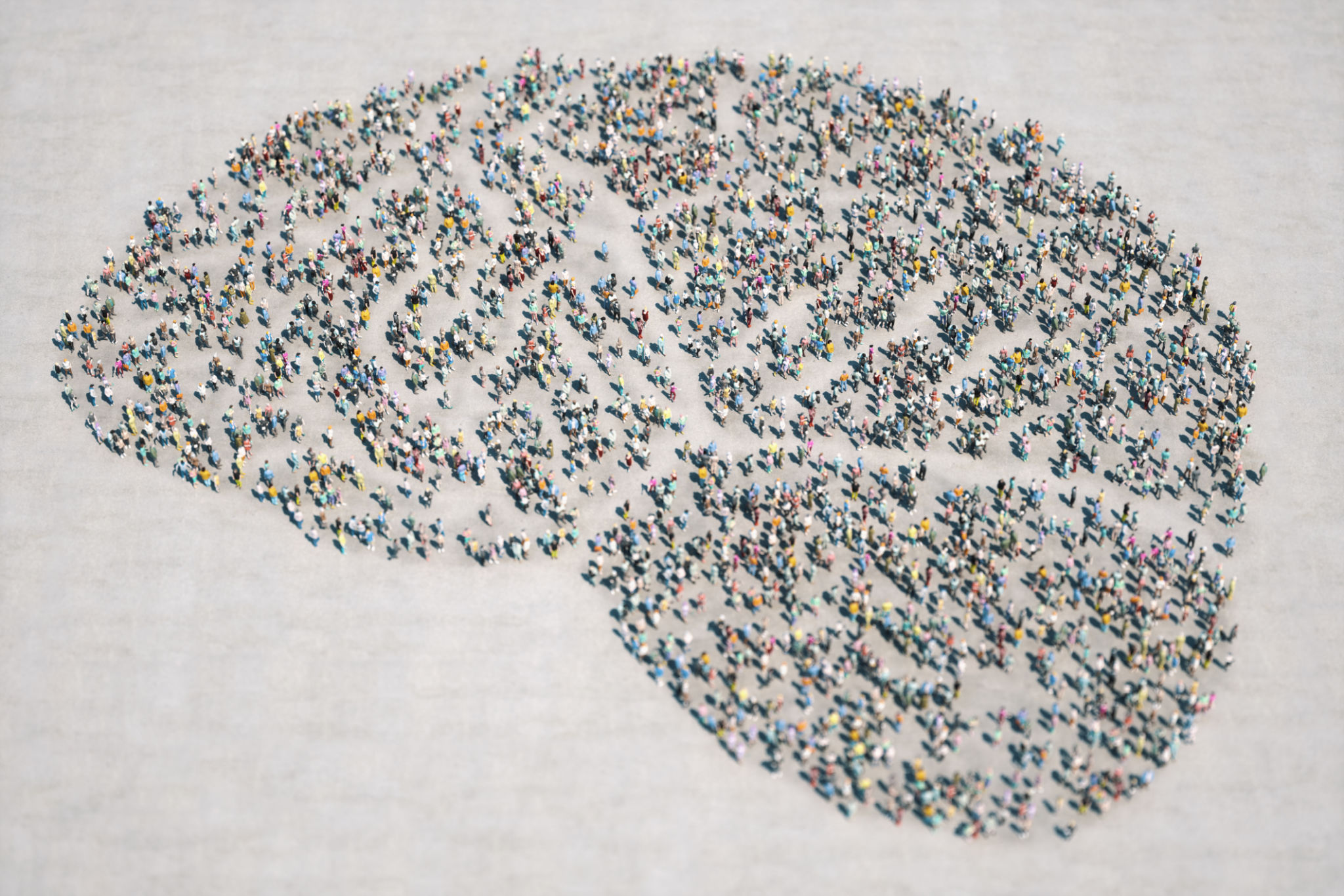Common Misconceptions About Neurodiversity Explained
JD
Understanding Neurodiversity
The concept of neurodiversity is gaining traction, yet many misconceptions surround it. At its core, neurodiversity recognizes that neurological differences, such as autism, ADHD, and dyslexia, are natural variations of the human brain. These differences are not deficiencies but part of the diverse tapestry of human experience.

Neurodiversity Is Not a Disorder
One common misconception is that neurodiversity equates to having a disorder. In reality, neurodiversity encompasses a broad range of neurological differences that should not be automatically labeled as disorders or disabilities. While some individuals may require support to navigate a neurotypical world, many thrive with their unique ways of thinking and problem-solving.
Celebrating Different Strengths
Neurodiverse individuals often possess unique strengths and abilities. For instance, people with autism may have exceptional attention to detail and pattern recognition skills. Recognizing and valuing these strengths is crucial in fostering inclusive environments where everyone can excel.
Neurodiversity Does Not Need a Cure
A pervasive myth is that neurodiverse conditions need to be cured. This perspective fails to appreciate the value of different cognitive styles. Efforts should focus on support and acceptance rather than altering fundamental neurological differences. Embracing neurodiversity means acknowledging that there is no single "right" way of thinking or being.

Creating Inclusive Spaces
Instead of seeking cures, society should aim to create inclusive spaces where all individuals can thrive. This involves adapting environments to accommodate various needs, whether through sensory-friendly spaces or alternative communication methods. Inclusivity benefits everyone by fostering richer, more diverse communities.
Understanding Communication Differences
Another misconception is that neurodiverse individuals struggle with communication in all forms. While some may face challenges with verbal communication, they often excel in non-verbal or written forms. It's important to explore and respect different communication preferences and styles.

Breaking Down Stereotypes
Stereotypes about neurodiverse individuals can lead to misunderstandings and exclusion. Educating ourselves and others about the realities of neurodiversity helps break down these barriers. By challenging stereotypes, we pave the way for greater acceptance and understanding.
The Importance of Advocacy
Advocacy plays a critical role in advancing the acceptance of neurodiversity. Neurodiverse individuals and their allies can work together to promote awareness and policy changes that support inclusion. Advocacy efforts help shift societal perspectives, leading to a more equitable world for all.
Ultimately, embracing neurodiversity enriches our communities by highlighting the strengths and perspectives that each individual brings. By debunking misconceptions and fostering understanding, we move closer to a world where everyone is valued for who they are.
